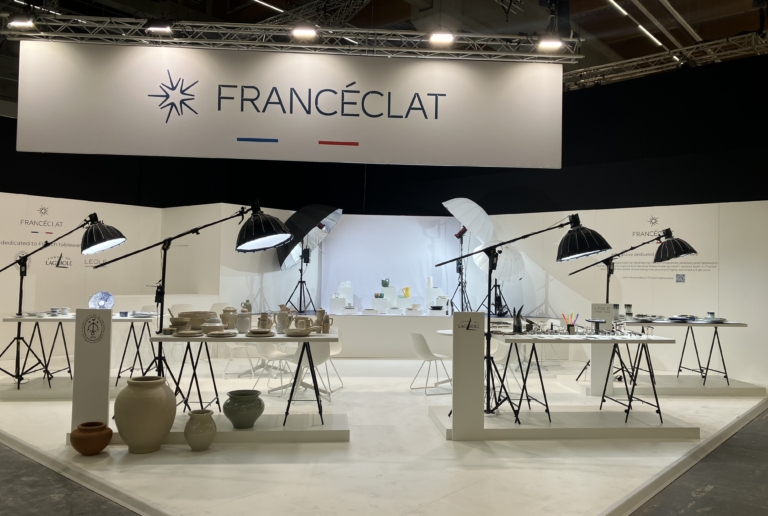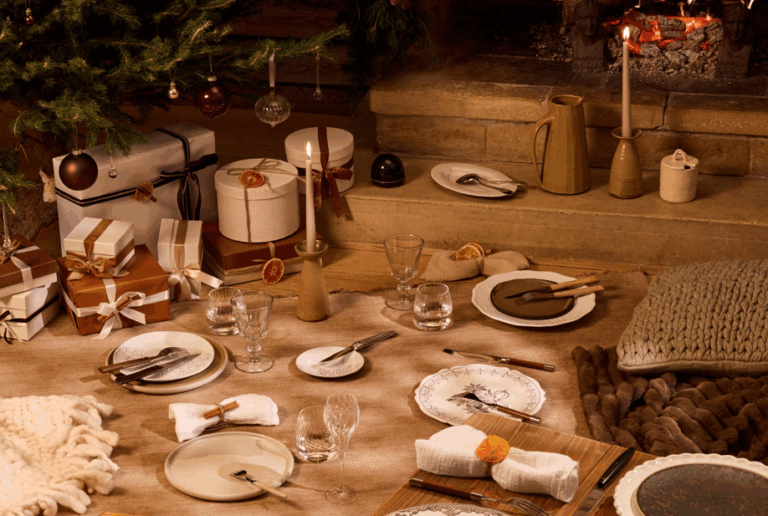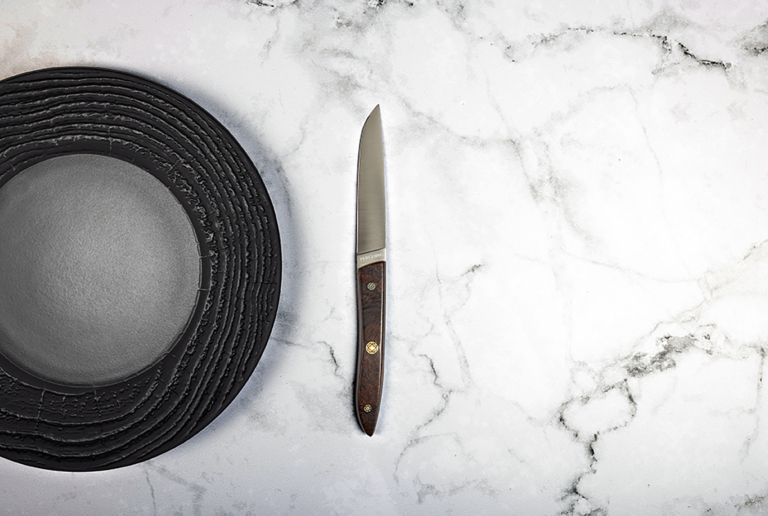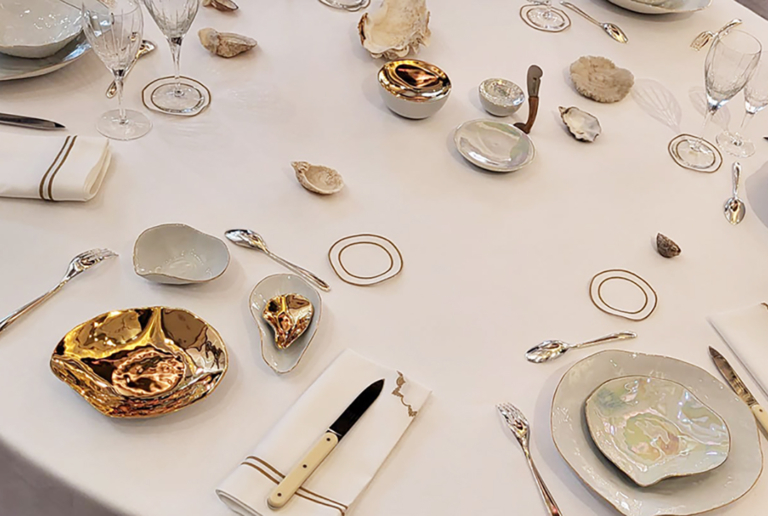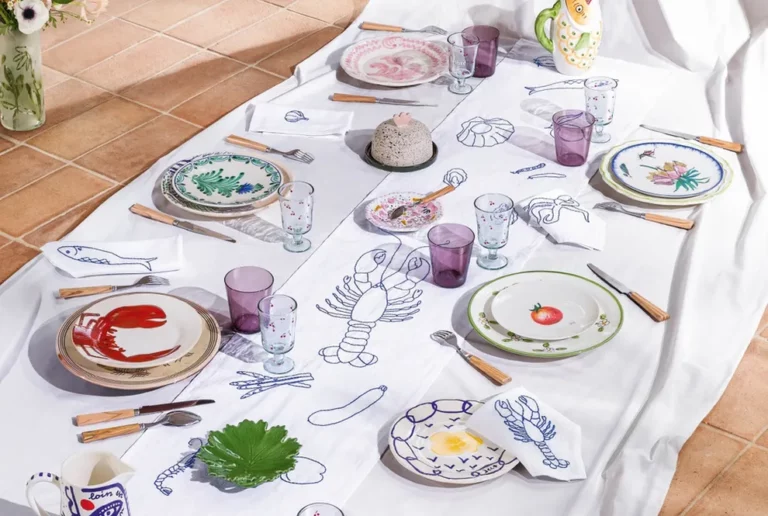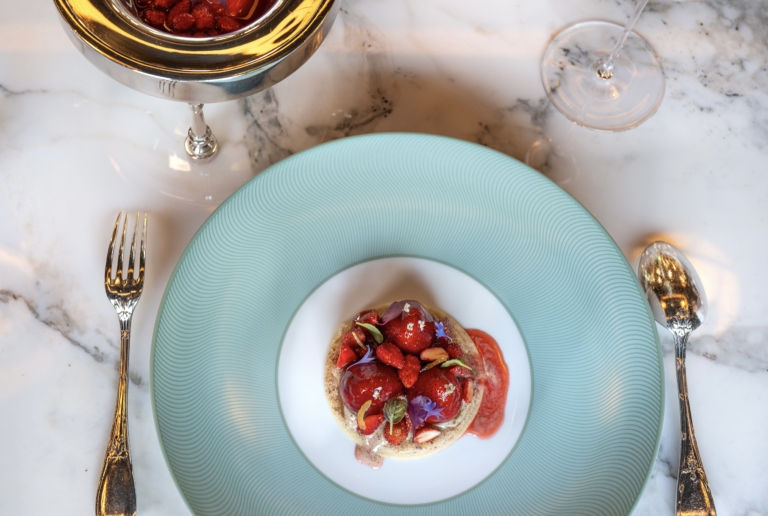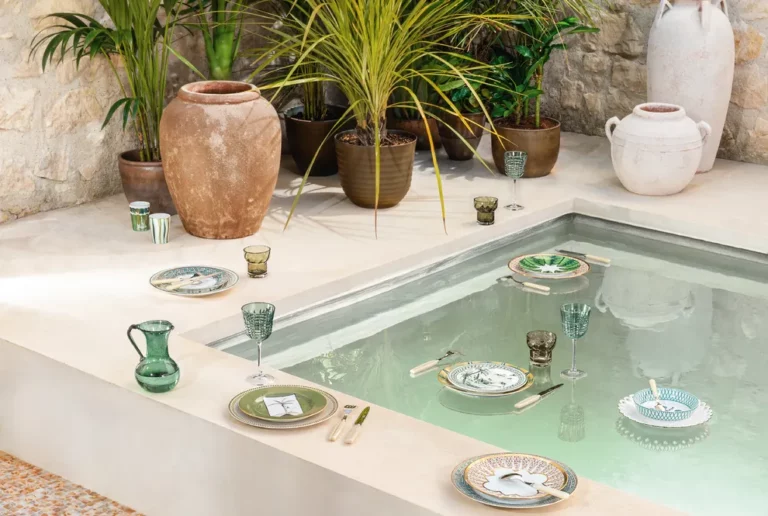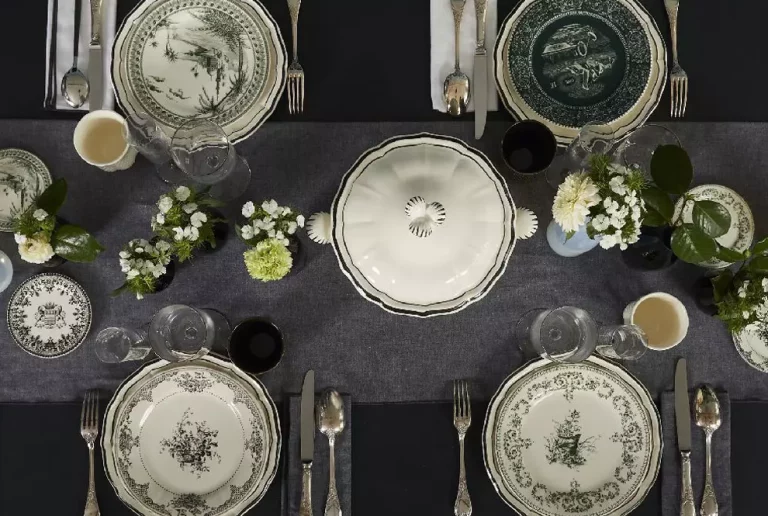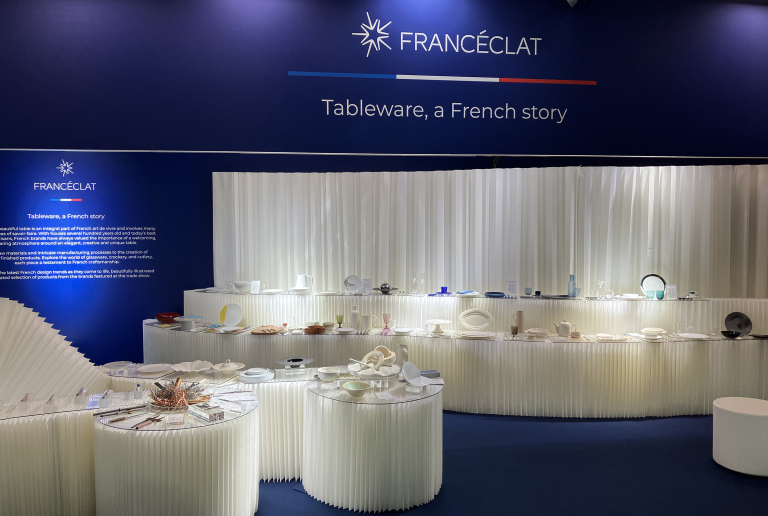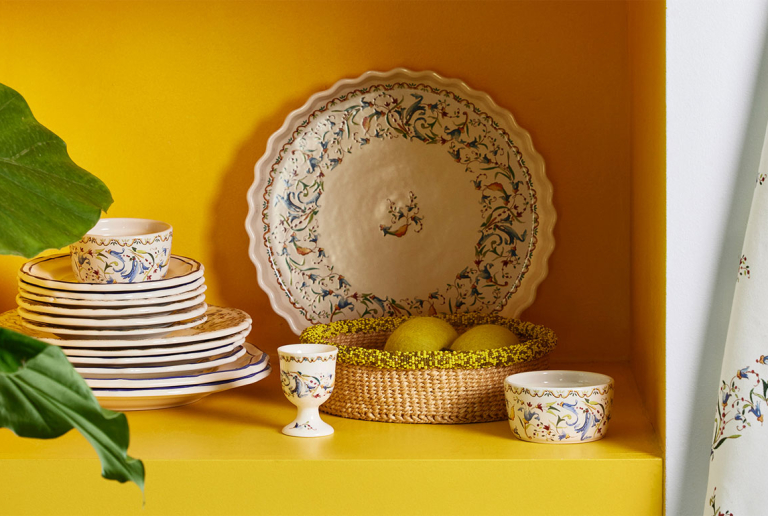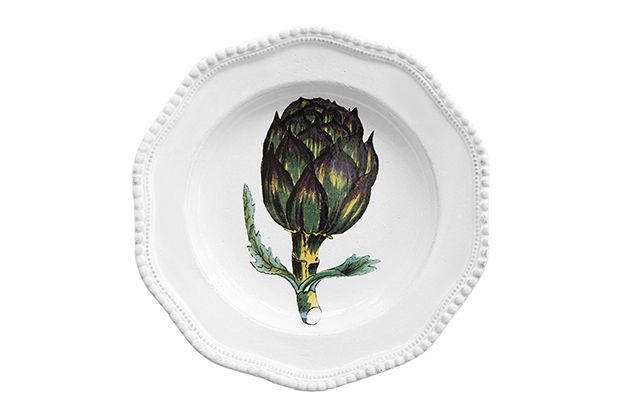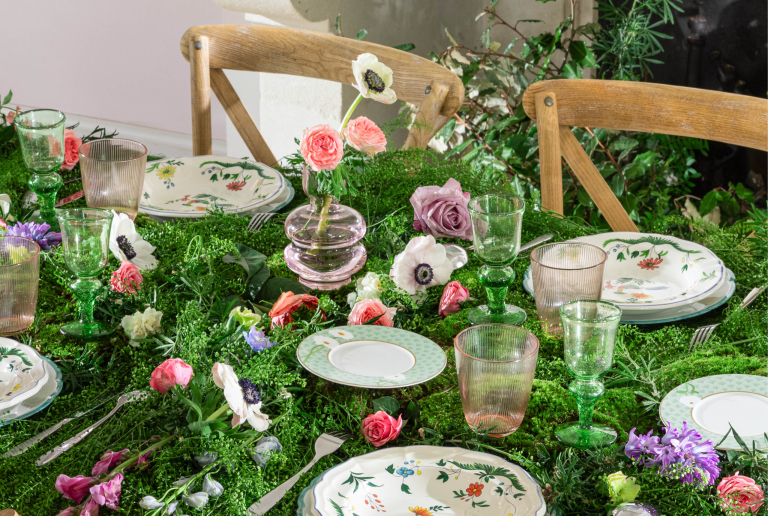Flute or coupe? Discover the art of French champagne through its glassware
In the world of champagne, no detail is left to chance. From safeguarding delicate bubbles to enhancing mouth-watering aromas, the choice of glassware plays a crucial role in shaping the tasting experience. But one question divides amateurs and connoisseurs: which is the best stemware choice – the flute or the coupe? We take a closer look at the history of these two French glassware icons.
Coupe or flute: how should champagne be served?
The champagne coupe: an aristocratic tradition with retro charm
The champagne coupe, a timeless symbol of celebration, evokes the lavish parties of the Roaring Twenties. Its wide rim allows aromas to escape quickly, providing a more immediate olfactory sensation. However, for those who savour their champagne slowly, it has a drawback: it doesn’t retain the bubbles for as long as other glasses.
The champagne flute: a shape that combines finesse and aromatic intensity
The functional champagne flute has now become the glass of choice for most champagne lovers. Its slender, elegant design enhances the wine’s effervescence, keeping the bubbles intact for longer while concentrating the aromas for a more precise olfactory experience.
Which champagne for which glass?
The coupe, with its larger surface area, is perfect for sweeter champagnes like doux and demi-sec, which are often paired with desserts. Meanwhile, the flute works better with brut, rosé and vintage champagnes because it preserves their structure.
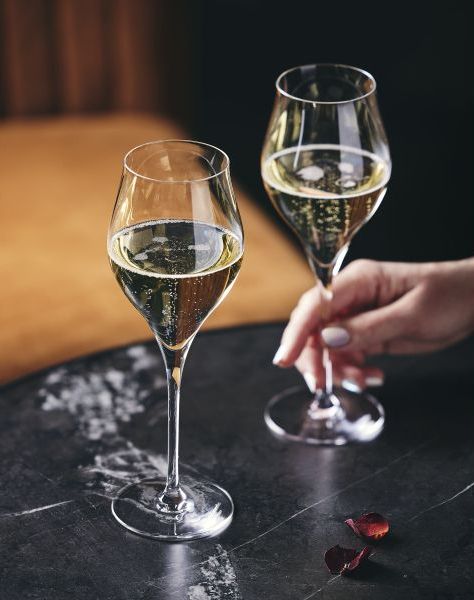
The fleur-de-lys inspired champagne glass: a sophisticated alternative
Inspired by one of the symbols of French refinement, and specially crafted for sparkling wines, the Exaltation collection by Chef&Sommelier presents a new take on the champagne glass.
With its delicate floral design and subtle curves, it keeps the bubbles intact while enhancing the wine’s aromatic expression. A sophisticated choice for the finest champagnes.
Glass, crystal or Krysta: what’s the difference?
The material used to make a tasting glass has an impact on its brilliance, resonance and lightness. Conventional glass has the advantage of being durable, but crystal coupes or flutes offer superior clarity and sparkle. Krysta, a lead-free crystal developed by Chef&Sommelier, combines the best of both worlds, offering both strength and finesse to enhance the champagne experience.
The excellence of French glassware paired with fine champagne
La Rochère: the historic house celebrates its 550th anniversary
Founded in 1475, La Rochère is one of Europe’s oldest champagne glass artisans.
Their pressed glass flutes, decorated with three bees, echo the symbols found on Napoleon’s leather goods, which brings a sense of history to every piece.
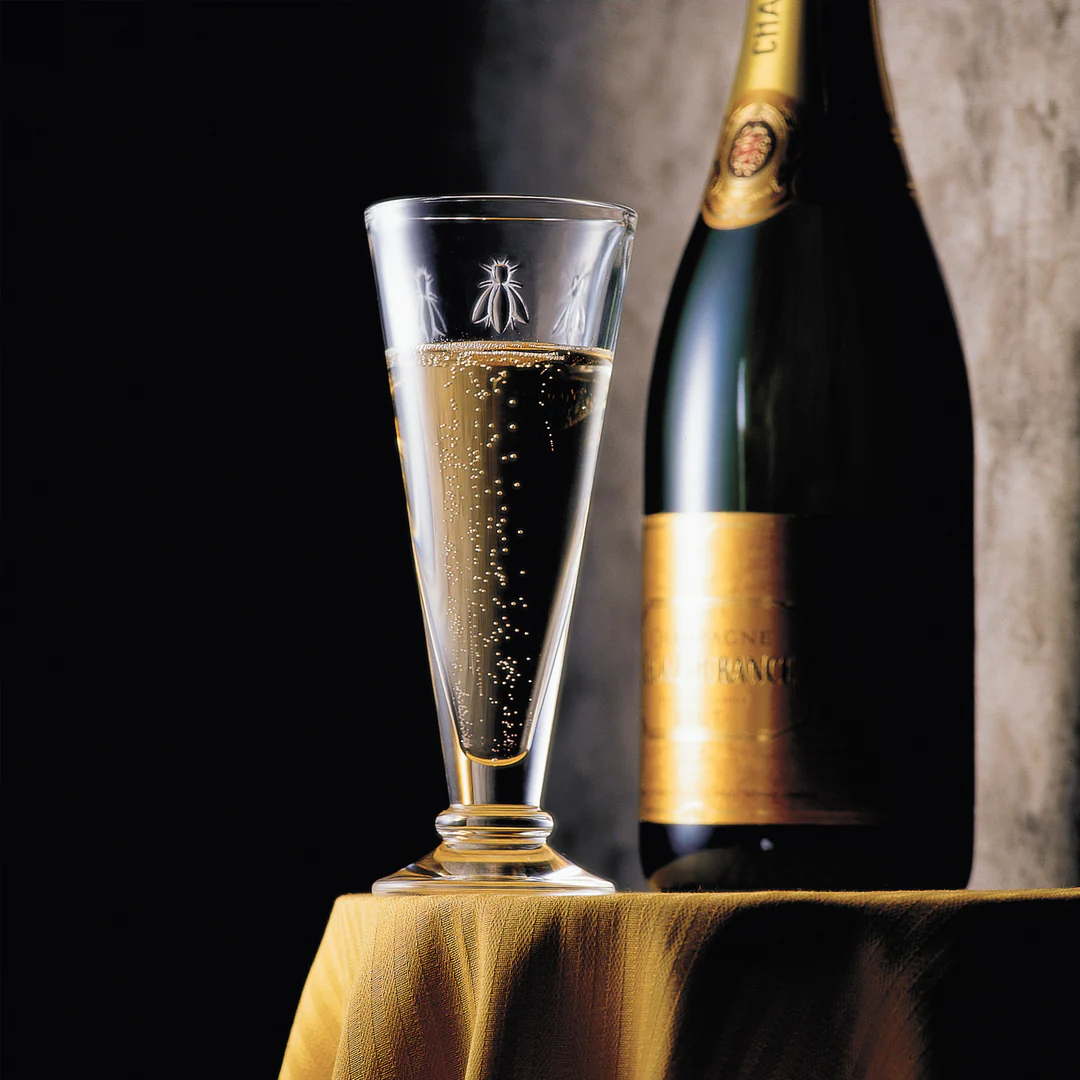

Cristal d’Arques: the elegance of affordable crystal
Since the late 1960s, Cristal d’Arques has refined the world of champagne glassware with its high-quality yet accessible crystal.
Its Swirly range, which includes an elegant champagne flute, is inspired by the movement of flames, offering a fresh twist on the traditional shape.
Chef&Sommelier: innovation for sommeliers
Dedicated to haute cuisine, Chef&Sommelier creates lead-free crystal champagne glasses that are both perfectly transparent and incredibly durable.
Their Krysta Cocktail crystal champagne glass provides a sensory experience that elevates special occasions to new heights.
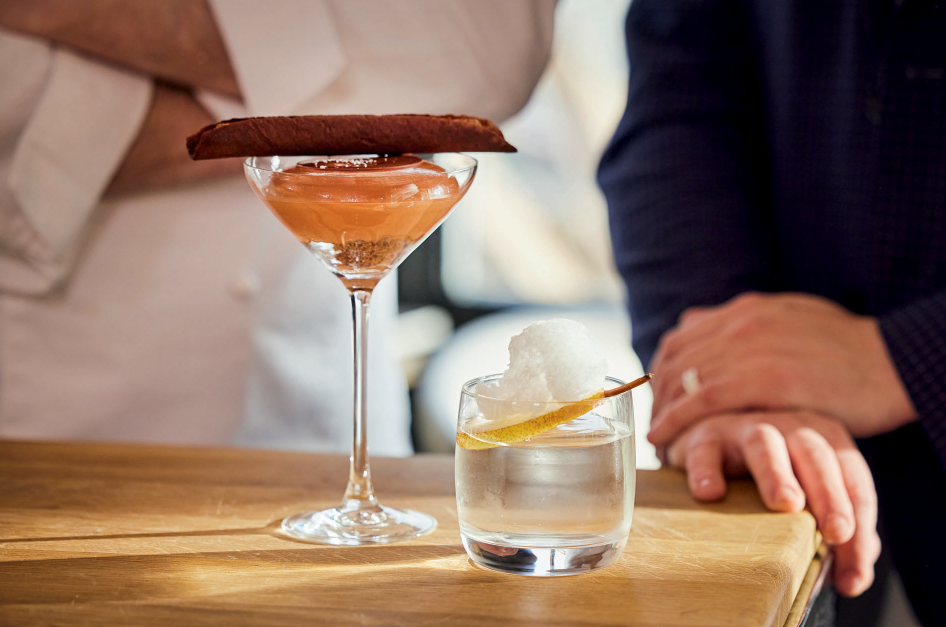

Luminarc: French tableware for everyday elegance
Renowned for its expertise in tempered glass, French brand Luminarc stands out with its iconic creations for everyday use.
Their Grand Chais flute collection is ideal for casual champagne moments, combining quality and practicality without compromising on style.
Choosing the right glass for your champagne is no small matter; it plays a vital role in shaping the entire tasting experience. Whether it’s a flute or coupe, in crystal or glass, each characteristic brings out unique qualities in the champagne, and can be tailored to individual preferences. Thanks to the expertise of France’s premier glassmakers, the art of champagne continues to radiate far beyond the borders of France.


